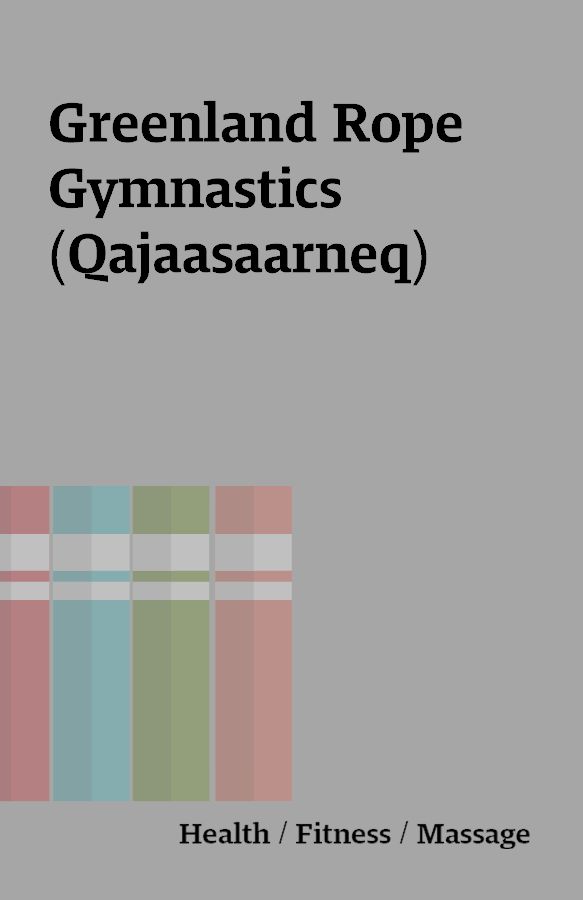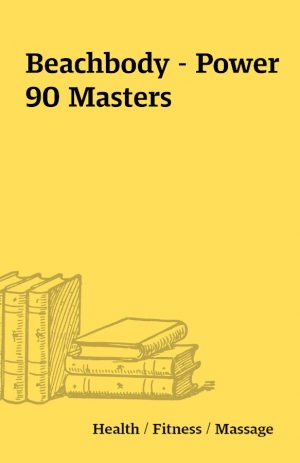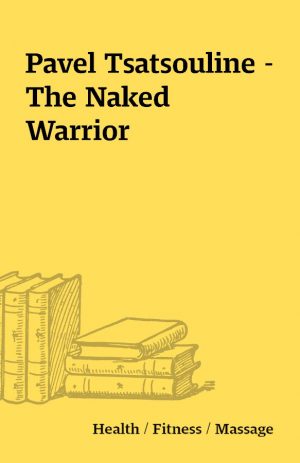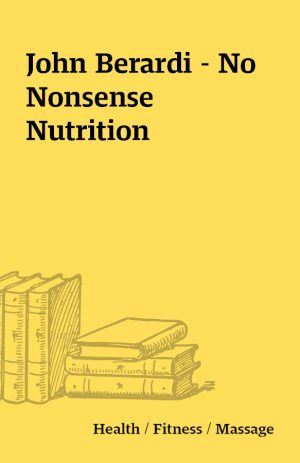Greenland Rope Gymnastics (Qajaasaarneq)
Greenland Rope Gymnastics [1 DVD – VOB]
[1 DVD – VOB]
Description
Greenland rope gymnastics (Qajaasaarneq) DVDdescription: The DVD provides a comprehensive introduction to setting up the ropes, and is an easy to follow, narrated guide through each of the low rope maneuvers. Each exercise consists of a specified position from which you must bring yourself completely around the ropes and return to the starting position. With high and low ropes combined, there are a total of seventy-four different moves, all with Greenlandic names and point values based on the degree of difficulty.You don’t need a modular frame, a couple of trees or a wooden swing set will do.I started with some of the low rope maneuvers, achievable with the detailed guidance in Dubside’s DVD. The first time I spun completely around, without muscling through, felt very empowering, just like my first effortless kayak roll. The skill is not in brute force, but rather based on body position, flexing at the right time, and mostly, committing oneself to the whole maneuver. It is easy to see why Greenlanders have preserved these skills, and now practice this sport to compete and to prepare for kayaking. I feel like a kid doing this sport, and know that it will help me with many of the advanced Greenland rolls. If I can do it, how about you?If you visit www.Dubside.net you will find help in setting up ropes, and details on his instructional video, which is available through many outlets in Canada and the US.Throughout the next paddling season, Dubside will be demonstrating rope gymnastics in at least seven paddle-sport venues in Canada and the US, and teaching workshops in the Pacific Northwest, the BC Lower Mainland and on Vancouver Island. He will be touring with his new portable rope gymnastics frame. This modular apparatus was designed by Tom Gamba and Surrey Fluid Power Ltd. engineer Jerry Leung with the assistance of Tom Sharp and Dubside.I believe that anyone who wants to improve his or her advanced kayaking skills should consider Greenland Rope Gymnastics. Giving it a try will bring great satisfaction and conditioning for kayaking, gymnastics, swimming and a host of other sports. Besides, it’s good play!———————————————————————————————–What is Qajaasaarneq?Qajaasaarneq is an excercise and training system performed on a double length of horizontally suspended rope. Each exercise consists of a specified position from which you must bring yourself completely around the ropes and return to the starting position. There are a total of seventy-four different moves, all with Greenlandic names and point values based on the degree of difficulty.How did this activity come about?The Inuit, the indigenous inhabitants of arctic North America invented it over a thousand years ago. They developed these exercises for several purposes: * To entertain one another with feats of strength during dark, frozen winters. * To maintain the tough and demandin level of fitness required for the dangerous occupation of hunting sea mammals by kayak. * As an on-land teaching exercise for learning to roll a kayak.Qajaasaarneq continues to be practiced today as one of the competitive events in the Greenland National Kayaking Championships.Why should anyone learn Qajaasaarneq? 1. It’s fun. 2. It’s good excercise. 3. It’s challenging. 4. It’s inexpensive. 5. It’s much better for you than watching TV or playing video games. 6. You can enjoy it whether you are a kid or a grandparent. 7. It provides an educational appreciation for a remarkable people and their unique cultural heritage. What kind of rope should I use?Standard 7/16″ nylon mountain climbing rope will suffice. But larger diameter nylon rope from 1/2″ to 5/8″ can usually be found in a hardware store. For low rope maneuvers thick rope up to 3/4″ is easiest to grip and doesn’t chafe legs and elbows as much. The instructional video has further information on rope selection.What is the distinction between low and high ropes?There are two different arrangements, which correspond to two different maneuvers. Low ropes are tied loosely and hang below chest level. There are twenty-six competition moves done on the low ropes. Most of these are easier than the high rope moves, therefore the low ropes are the best place for a beginner to start.High ropes are strung tightly about arm’s reach overhead. There are forty-eight different moves, and some of the advanced ones are exceedingly difficult, requireing very well developed upper body strength, as well as keenly timed coordination.How far apart and how low should te rope be tied off?For low ropes the width of the span isn’t too critical. It’s more a matter of where your trees or columns happen to be. Anywhere from about twelve to seventeen feet will work. The rope needs to be a double length and should be tied off as high as you can reach from a standing position, sagging down to about the level of your naval when pulled taut. For an additional challenge, or to more closely approximate competition conditions, tighten the slack so the ropes reach only down to your chest.Whatever you do PUT DOWN PADDING UNDERNEATH. You will definitely take some falls initially, so a mattress, or some other form of cushioning is recommended.For high ropes the span can be somewhat less, as close as ten feet. You want the ropes strung very tightly at a height where your extended arms can just reach them. Since all rope stretches a bit, tie off at about a foot or so higher than your reach.How is Qajaasaarneq done in competition?At the Greenland Championships each competitor has thirty minutes to perform as many of the maneuvers as they are able to do. Only one attempt is allowed at each move but they can be done in any order desired. Gloves cannot be worn. Each variation of each move has a point value. Judges keep score and the hightest point total wins. Competitors are divided into several age divisions with men and boys in separate groups from women and girls. The youngest category is seven to nine years of age. Thirty points is the minimum qualifying score. Organizers in the U.S. are liekly to impose an additional rule for American competitions, which would require a competitor to recite the correct Greenlandic name of each move attempted.What’s the best way to get good at Qajaasaarneq?Practice regularly. Having a permanent ropes rig set up in a convenient and accessible location can facilitate this. A common reaction is to conclude that you are “not strong enough” for a particular move, but with persistence and astute analysis you will discover that balance, timing, flexibility and coordination are as equally vital to success as strength alone. The instructional video contains many of these key insights and helpful tips.Part of the fun of Qajaasaarneq is developing your own personal repertoire and gradually adding more moves and variations as you improve. Keeping track of the point values can yield a rewarding sense of accomplishment when you manage to beat your previous record.Those who have helped preserve and expand the sport include:Qaannat Kattuffiat – www.qajaqusa.org/QK/QK.htmlQajaq USA – www.qajaqusa.org/QUSA/qusa.phplManasse Mathaeussen – Greenlandic kayaking skills were in serious danger of being lost forever. In fact many of the techniques were lost but to this one man—the dean of Greenland kayaking.John Heath – www.seakayakermag.com/2000/june2000/JuneHeath3.htmlMaligiaq Padilla – www.qajaqusa.org/Technique/ropegymnasticsartwork.htmlGreg Stamer – www.qajaqusa.org/QUSA/bio_greg.htmllDubside – www.dubside.netlCulture Greenland – www.culture.gllhttp://img189.imageshack.us/img189/2834/logoqajaasaarneq1.gifRopes diagrams – www.qajaqusa.org/gallery/main.php?g2_itemId=36639lcheck at youtubeenjoy
You must be logged in to post a review.






Reviews
There are no reviews yet.